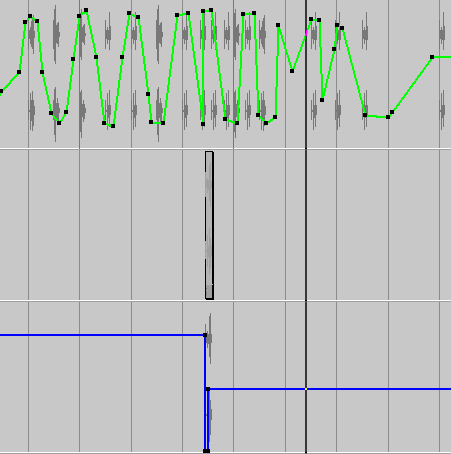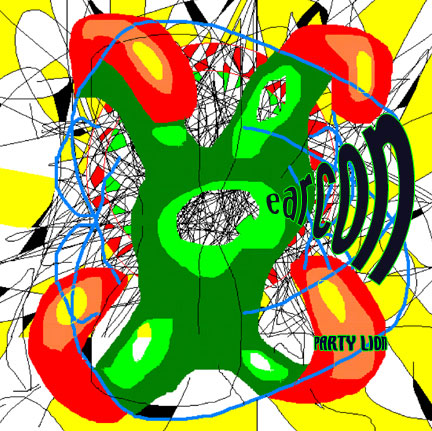
"Frienemies" [mp3 removed - please listen to the 2018 remixed version]
This "verse" was working so I opted not to have a "chorus"; the "dropout" is the only concession to songcraft. I might chop it up eventually but right now it is a "steady state" minimal tune that is more about ringing (slight, semi-automatic) changes on one basic riff. The title is a bit dire for the material--it's kind of a happy piece. But I do think a lot about this word and how it arose to fill a need in our discourse. Everyone seems to recognize the type--what did we call them before? Are there more frienemies, or are we just better at spotting them?
(The image is a detail of the score.)

